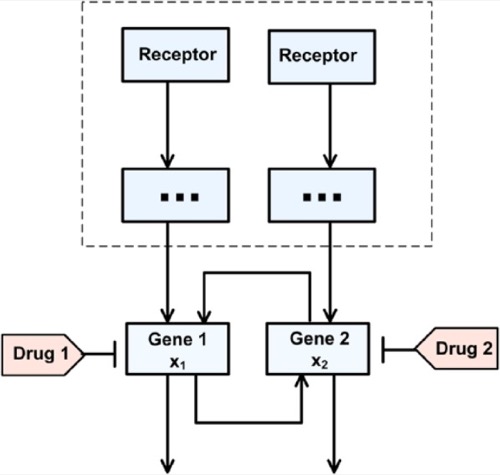Abstract
As cancer growth and development typically involves multiple genes and pathways, combination therapy has been touted as the standard of care in the treatment of cancer. However, drug toxicity becomes a major concern whenever a patient takes 2 or more drugs simultaneously at the maximum tolerable dosage. A potential solution would be administering the drugs in a sequential or alternating manner rather than concurrently. This study therefore examines the feasibility of such an approach from a switched system control perspective. Particularly, we study how genetic regulatory systems respond to sequential (switched) drug inputs using the time-based switching mechanism. The design of the time-driven drug switching function guarantees the stability of the genetic regulatory system and the repression of the diseased genes. Simulation results using proof-of-concept models and the proliferation and survival pathways with sequential drug inputs show the effectiveness of the proposed approach.
